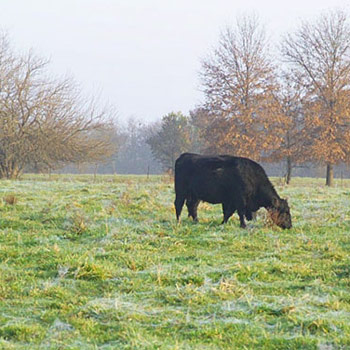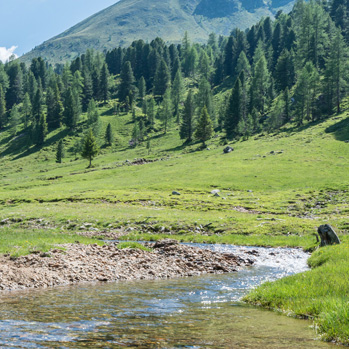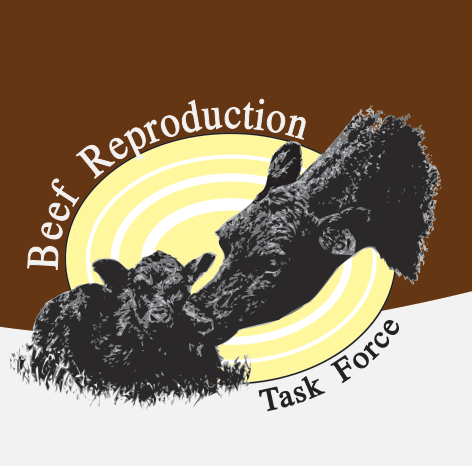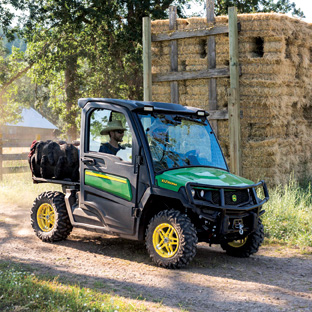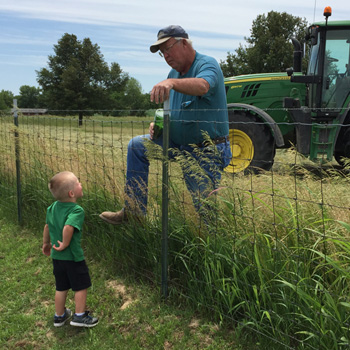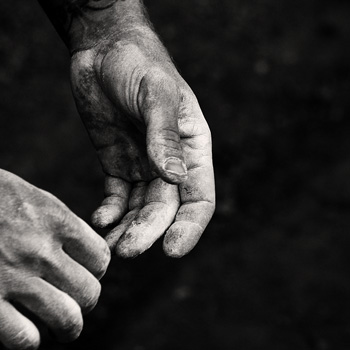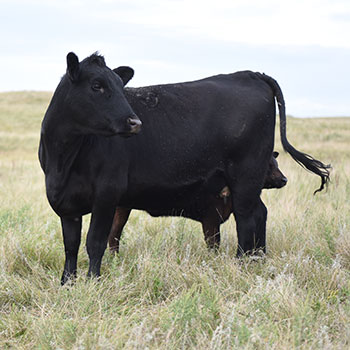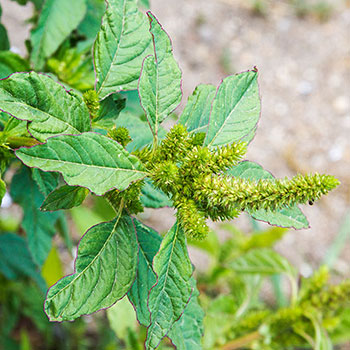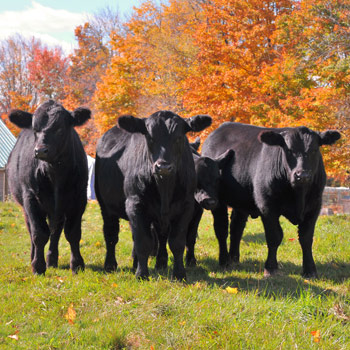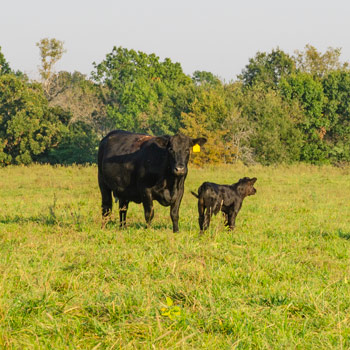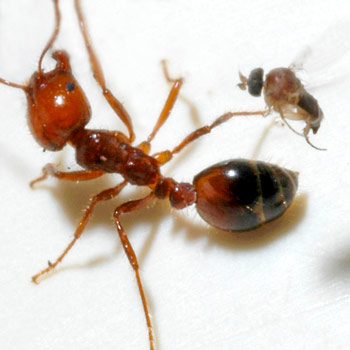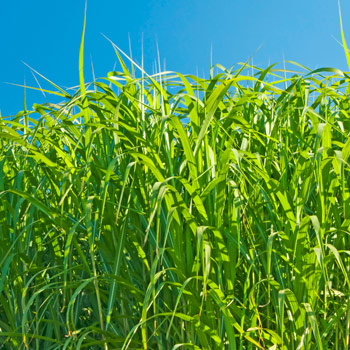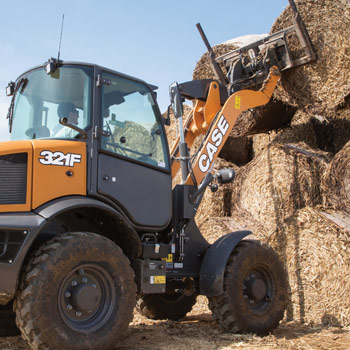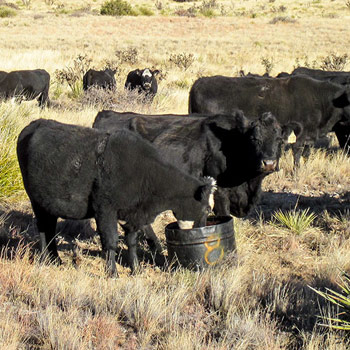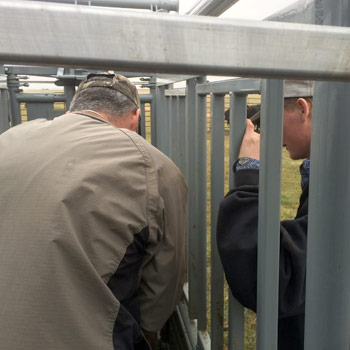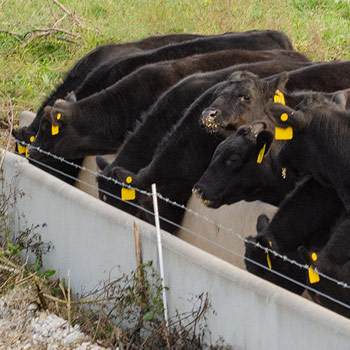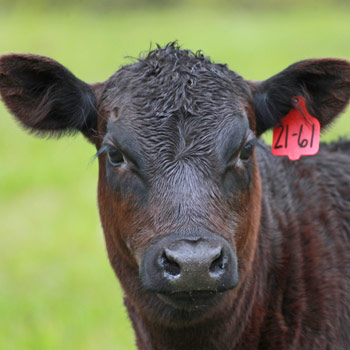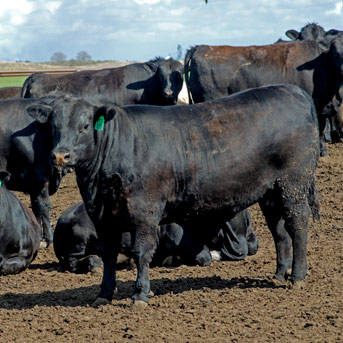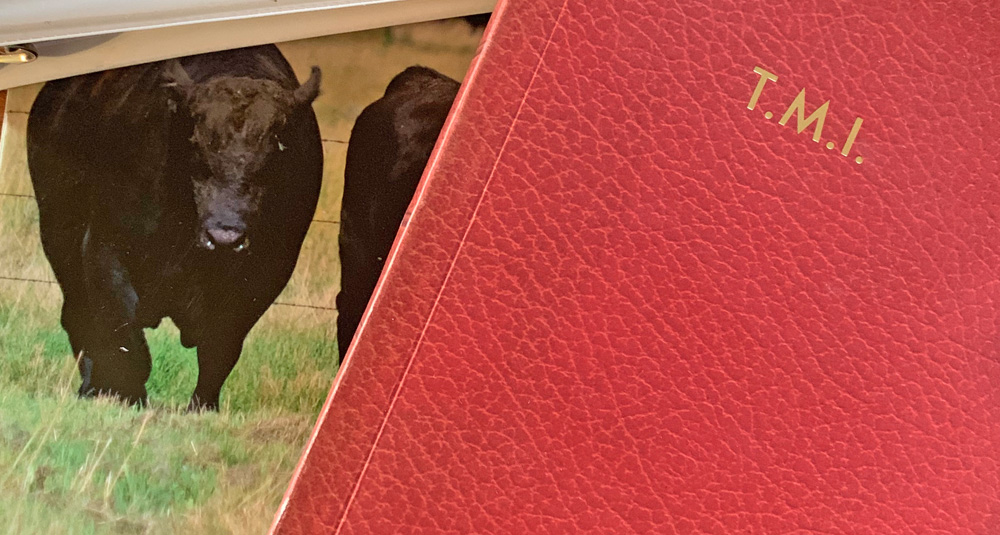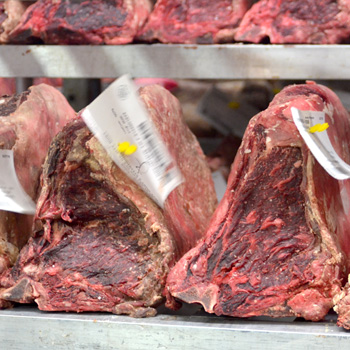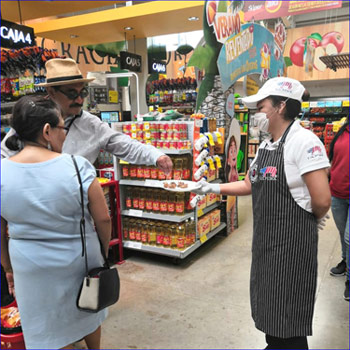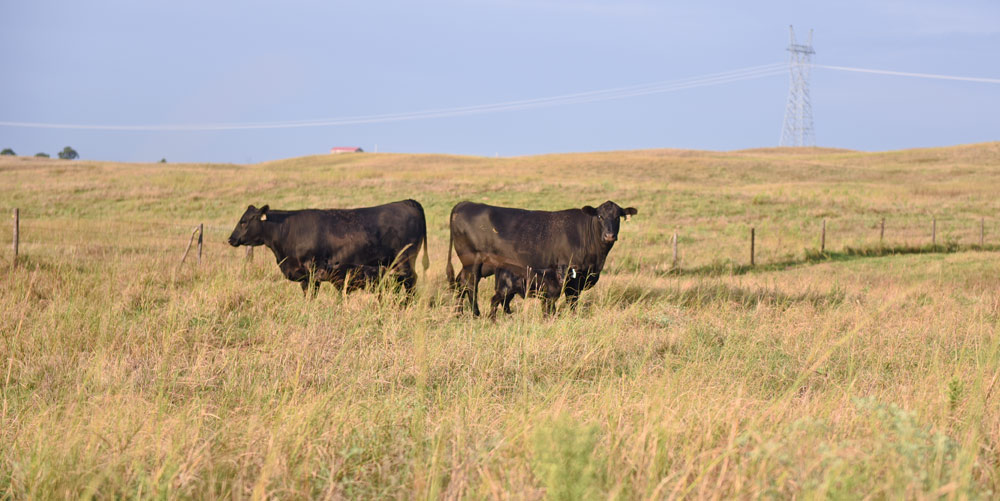
A Matter of Perspective and Passion
‘Contrarian’ custom grazer shares 25 years worth of lessons.
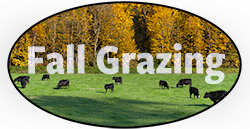
Plenty of ranchers think of themselves primarily as raisers of livestock. Regardless of their preferred species, they focus on the animals. To them, land is something you must have in order to manage livestock. To Derek Schwanebeck, the land is the thing. He views grassland as the primary resource, and livestock are tools for managing it.
Perhaps it’s a matter of perspective. Reared in town, Derek wasn’t steeped in cow country culture and tradition. First exposed to ranching as an adult, he had few preconceived notions. It wasn’t hard for him to accept that pocket gophers actually can do some good by integrating organic matter into the soil. Derek came to view so-called “weeds” as forage, even finding cheatgrass useful for grazing May-calving cows. Recognizing opportunity in custom-grazing, he also realized that you don’t have to own livestock to be a rancher.
Unlike some traditional ranchers, Derek doesn’t cringe if you call him a grass farmer. After faith and family, the grassland comprising his family’s ranch is his primary interest.
“I’m pretty focused on grass and grazing management,” says Derek, who, with his wife, Lesa, ranches in the western Nebraska Sandhills, near Ellsworth. “The things we focus on get bigger. They grow in importance.”
No longer a newbie, Derek has been involved in ranching in various roles for some 25 years. Time and experience have convinced him grazing management drives grassland stewardship. He lists “working with nature” and “flexibility” as keys to grazing management that improves the health and productivity of the land and provides more grazing days for cattle.
Derek started as a hired hand, working for Lesa’s father, Ray Koch. Later, the couple leased part of the ranch, which was and still is owned by multiple Koch family members. Derek worked an off-ranch job awhile, which helped the couple purchase some land of their own, and they eventually leased even more of the Koch spread.
For a few years, Derek and Lesa operated a custom hay-harvesting business to supplement the income from their small cow-calf enterprise. After gaining better financial footing, the Schwanebecks quit the haying-for-hire business and pondered whether they should continue cutting their own subirrigated meadows for hay. Attending the Ranching for Profit School prompted use of individual enterprise analysis, which showed that purchasing hay was more economical.
Grazing strategies
Outsourcing supplemental feed meant hay-making equipment was no longer needed and costs associated with fuel, labor and maintenance were eliminated. No haying also meant the meadows could be grazed in the summer, in addition to the surrounding hill ground. The Schwanebecks applied intensively managed rotational grazing practices, using high stock density and moving cattle frequently through a succession of pastures or paddocks. Their goal was to graze year-round and feed minimal supplemental hay.
“We learned that grazing management is a little bit about how long cattle are there (grazing a given area), and a whole lot about how long the cattle are gone,” says Derek, emphasizing how each paddock’s exposure to grazing is followed by a long period of rest.
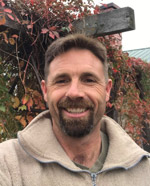 |
“Sometimes there’s gold in being a contrarian. When people say something can’t be done, it probably means there is opportunity there,” says Derek Schwanebeck. [Photo courtesy Cornerstone Grazing.] |
Under their time-controlled system, the shortest grazing periods typically are applied when summer-grazing wet meadows. Portable electric fence is used to limit cattle access to a relatively small area, typically just enough acreage to provide grazing for one day. The fence is then moved to allow cattle access to another day’s worth of forage. During periods when forage regrowth is rapid, cattle can be brought back to a previously grazed area, but not until after 45 days of rest.
In the hills, where the sod is more fragile, cattle are allowed to spread out more in larger paddocks. Rotational moves typically occur about every three days. In some cases, some hill pastures might be grazed again after resting for 75 days or so, but most upland pastures are grazed only once during the growing season.
“A typical summer day for me involves putting up fence and taking down fence, putting up fence and taking down fence,” grins Derek, but he finds it much more enjoyable than making hay. Moving portable fence takes less time and money than haying, and it’s fun to see what can be done with nature’s own four-legged forage harvesters.
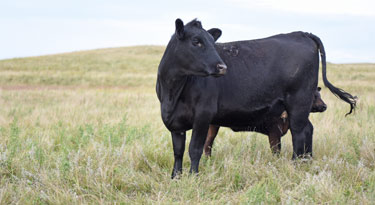 |
In the hills, where the sod is more fragile, cattle are allowed to spread out more in larger paddocks. Rotational moves typically occur about every three days. In some cases, some hill pastures might be grazed again after resting for 75 days or so, but most upland pastures are grazed only once during the growing season. |
Derek likes fat, happy cows as much as any rancher. But he’s really enthused by the way controlled cattle access and high stock density encourage greater utilization of available forage, including many plant species traditionally thought to be unpalatable. Cattails growing in the marshy fringes of Sandhill lakes are a good example. With the right management, Derek has achieved as many as 30 days of grazing for 450 head of cattle on 100 acres of land that some people might consider a worthless swamp.
“Sometimes there’s gold in being a contrarian,” grins Derek. “When people say something can’t be done, it probably means there is opportunity there.”
Less waste
According to Derek, high stock density also ensures ample plant litter is incorporated into the soil through hoof action. Ranchers accustomed to low-stock-density grazing might argue that concentrating cattle numbers on a small area results in too much wasted forage due to trampling. Derek says, in the long run, it’s a good thing.
“I don’t worry that too much grass is trampled,” says Derek, explaining that the same is true for that portion of fed hay that gets walked on instead of eaten. He doesn’t consider it wasted.
“Ultimately, it all adds organic matter to the soil. It boosts soil fertility and increases water infiltration and moisture storage capacity. Better soil health and long rests after grazing promote bigger and deeper grass root mass. That’s a very good thing.”
The combined effects result in diverse, deep-rooted plant communities that are more productive and more resilient. That translates to drought-tolerant grasslands affording higher carrying capacities, even during drought.
Drought, wildfire and other events beyond a manager’s control do happen, and can cause a temporary reduction in carrying capacity. To have stocking rate flexibility, diversify sources of revenue and maintain cash flow, the Schwanebecks have managed owned and leased brood cows, plus their own stocker calves, but also cattle that they custom-graze for others. Numbers of stockers and custom cattle are adjustable, to match fluctuations in forage availability. This flexibility allows the operation to roll with the punches nature can deliver.
Derek has served as a guest speaker for Chadron State College’s range management classes, and he’s been a presenter at the National Grazing Lands Coalition’s grazing conference. When talking to audiences about ranching, he emphasizes the need for a competitive advantage. For the Schwanebeck operation, it was focusing on grazing management — trying to be just a little bit better than the next guy — to help the land yield more forage and carry more cattle through good years and bad. Growing more and better grass, and using cattle to turn grass into cash has made the operation profitable and enjoyable.
“If you have to work at something you don’t care about, it results in stress,” says Derek. “You enjoy working hard for something you do care about, because it’s a passion.”
Editor’s note: Troy Smith is a cattleman and freelance writer from Sargent, Neb. Photos by Lindsay King, Angus Journal assistant editor.
